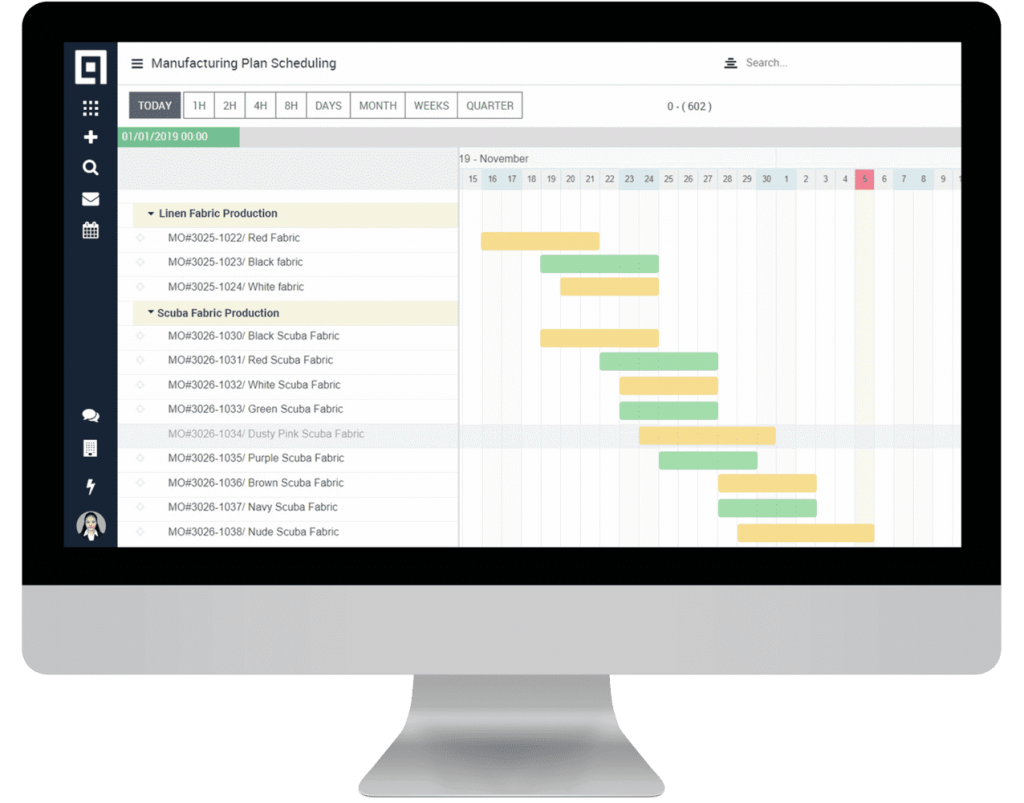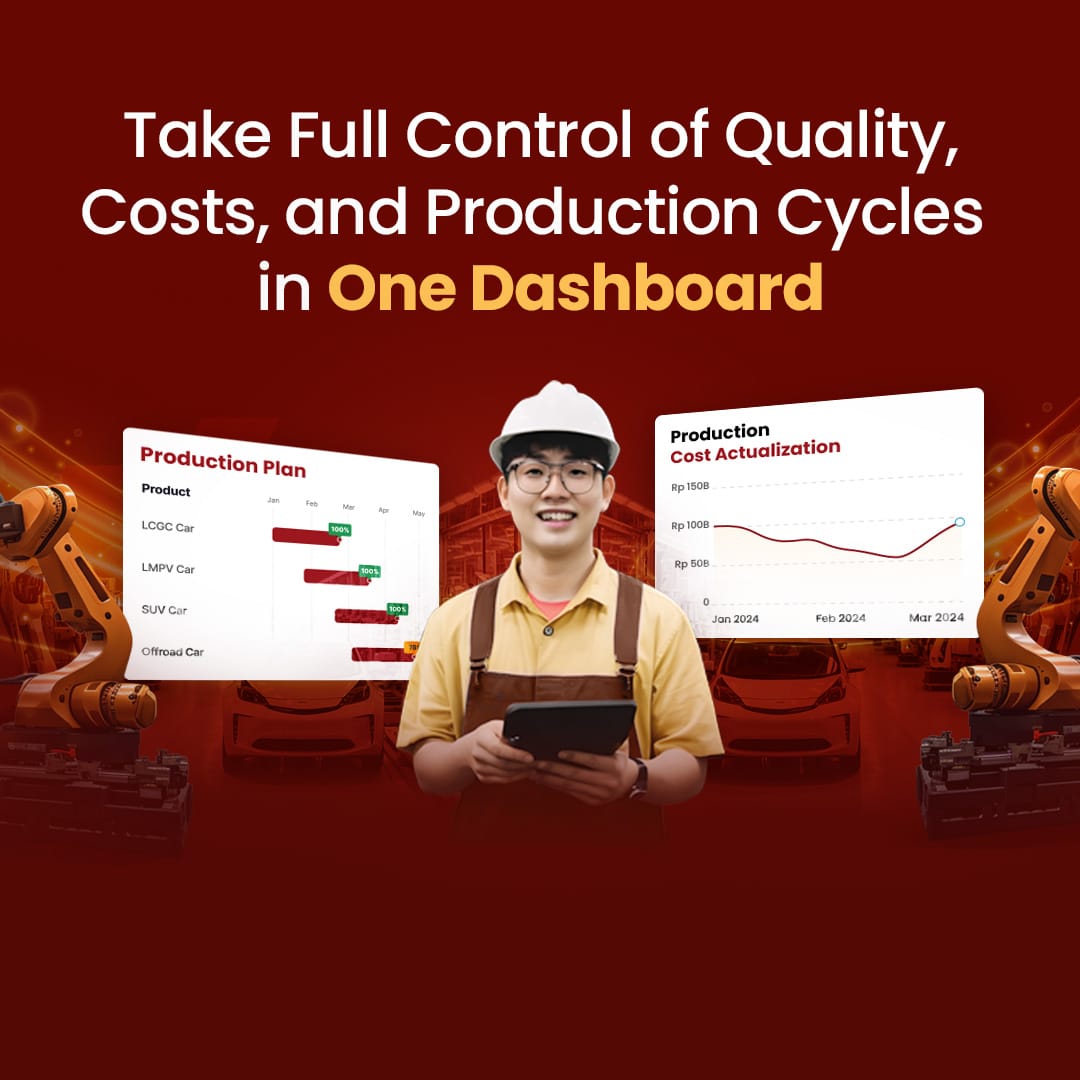Lean manufacturing is the optimization of worker practices, processes, and habits using lean principles. The purpose is to work smarter, innovate quickly, and produce more value for customers.
Besides increasing workers’ productivity, you can boost and manage their productivity by using HRM Software. Implementing lean manufacturing is a long and complex process. However, this article tries to summarize what it takes to achieve such efficiency.
Table of Content:
Table of Content
1. Find the Reasons Why You Need Lean Manufacturing Implementation
First of all, a manufacturer should realize what they are doing. They have a daily routine to produce something, but have they asked themselves why things are the way they are? This question is tough, but we can’t start without the answer.
Remember, Lean can transform your production process and the entire organizational structure and culture. Therefore, you should be able to translate the necessity of fundamental changes in your company.
Why should there be changes? Are you looking for a new way to connect with your customers, new ways to innovate, and increase your profitability, as well as in the global competition? Whatever it is, think about it clearly and draft how you will socialize it.
2. Evaluate the Fitness of the Company
After finding the goals of lean inventory, do an evaluation to see the recent condition of your company. This stage aims to assess the ability of the company to commit to implementation. You should review:
- The stability and quality of the products
- The availability of machines and line
- Problem-solving individuals. To carry out the implementation, Measurement System Analysis (MSA) and Statistical Process Control (SPC) are required.
Then, determine the key people that will manage the implementation process. If no staff at the company has ever been involved in Lean implementation, hire a trainer who can guide you throughout the process.
3. Start Socializing the Program
Now, it’s time for you to formally introduce the program to all levels of the organization. It might take days, especially when presenting to the board of directors. They should know what is being reduced or eliminated, such as the takt, OEE calculation, line balancing, etc.
After the presentation ends, determine what kind of training the key people need. In reality, there is a lot to learn about lean principles. So, make sure that the training sessions are compact, as this prevents the individual from forgetting the materials.
4. Create Value Stream Mapping
This activity’s purpose is to understand the workflow of the new production process. It records all the new activities in Lean, identifies waste, reduces cycle time, and implements new improvements.
There are a lot of activities in value stream mapping. Therefore, use Kanban to help you visualize processes, accountability, and work structure.
5. Implementing the Lean Strategies
In the value stream mapping, there should be an explanation of how to:
- Synchronize the product supply with customer demands without overproduction or excessive inventory.
- Synchronize production processes by dividing work in progress effectively to complete all orders with minimal lead time.
- Create a new production flow by reducing inventory, distances of each station, defects, and unnecessary activity.
- Implement a pull-demand system where production begins if there is an order. This system helps you reduce the overhead, optimize inventory, and save storage space.
While implementing it, use an ERP system for manufacturing that provides you with information on inventory performance, machines, WIP, and production duration in real time.
This system also helps you implement the pull-demand system by streamlining order management and production planning. Additionally, don’t forget to document this process in the Gantt Chart.
6. Sustain the Improvements
Lean principles include the concept of how to sustain the improvement. In this last step, you should ensure these improvements are continuous. Moreover, your company should always focus on activities that bring more value and eliminate those that don’t.
This sustainability can be achieved with the Plan-Do-Check-Act method. It helps you to enhance project management, product lifecycle, human resources, and supply chain management.
Moreover, the manager should be able to lead well. They have to make the employees feel that they own their tasks and trust them so that they can perform at their best.

Conclusion
Lean manufacturing implementation should be done systematically. It starts with the planning process (points 1-3), execution (points 4-5), and continuous improvement (point 6). We recommend doing this gradually and slowly.
Take time to completely absorb the lean principles; otherwise, this implementation will fail. However, if you can carry out all steps well, we’re sure your company’s success rate will be high.
Hash Manufacturing Automation by HashMicro helps you increase your manufacturing business’s productivity and profitability with a complete manufacturing system in Southeast Asia. Let’s try the demo now!



































